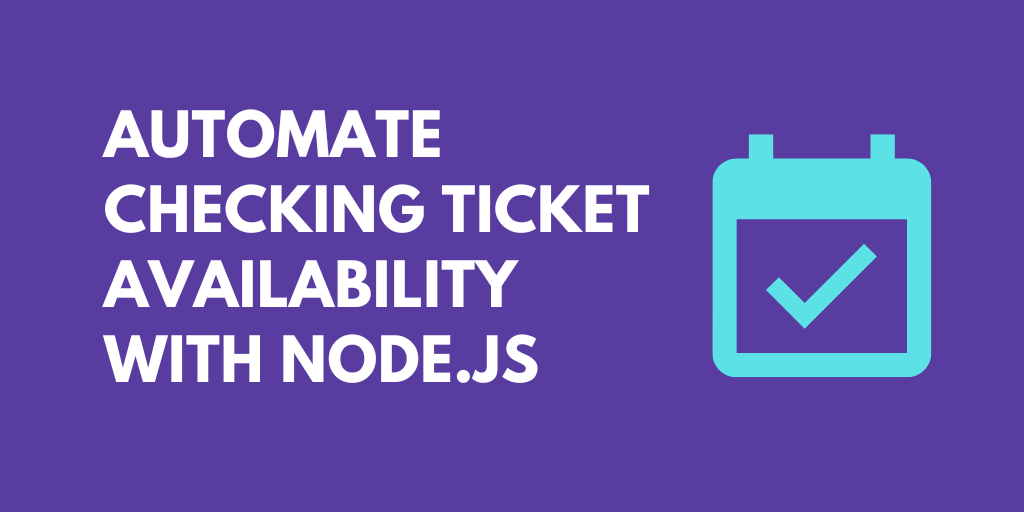What do you want to automate
with Turbot Pipes and Node?
Prompt, edit and deploy AI agents that connect to Turbot Pipes, Node and 3,000+ other apps in seconds.
Trusted by 1,000,000+ developers from startups to Fortune 500 companies
Popular Turbot Pipes and Node Actions#
Creates a new organization in Turbot Pipes. See the documentation
Write custom Node.js code and use any of the 400k+ npm packages available. Refer to the Pipedream Node docs to learn more.
Deletes the specified organization. See the documentation
Overview of Turbot Pipes#
The Turbot Pipes API allows for sophisticated data integration and workflow automation across a variety of sources and services. With Turbot Pipes, you can design data pipelines that connect your systems, automate data transformations, and orchestrate tasks to streamline your operations. The API provides methods to create, manage, and execute these data pipelines, which can be especially powerful when leveraged through Pipedream's serverless platform. You can connect Turbot Pipes with numerous other apps available on Pipedream to automate data flows, sync information, and react to events in real-time.
Connect Turbot Pipes#
import { axios } from "@pipedream/platform"
export default defineComponent({
props: {
turbot_pipes: {
type: "app",
app: "turbot_pipes",
}
},
async run({steps, $}) {
return await axios($, {
url: `https://pipes.turbot.com/api/v0/actor`,
headers: {
Authorization: `Bearer ${this.turbot_pipes.$auth.token}`,
},
})
},
})
Overview of Node#
Develop, run and deploy your Node.js code in Pipedream workflows, using it between no-code steps, with connected accounts, or integrate Data Stores and File Stores
This includes installing NPM packages, within your code without having to manage a package.json file or running npm install.
Below is an example of installing the axios package in a Pipedream Node.js code step. Pipedream imports the axios package, performs the API request, and shares the response with subsequent workflow steps:
Connect Node#
// To use previous step data, pass the `steps` object to the run() function
export default defineComponent({
async run({ steps, $ }) {
// Return data to use it in future steps
return steps.trigger.event
},
})Community Posts#
